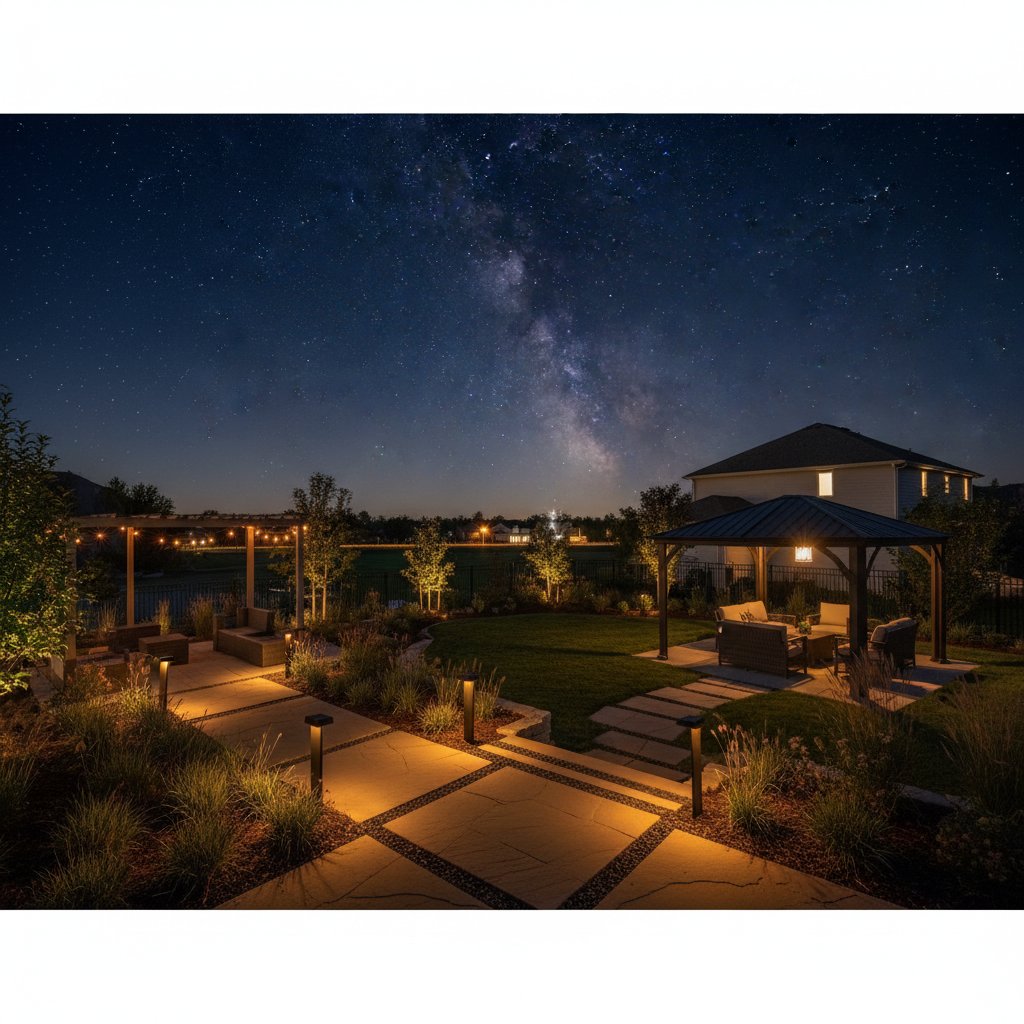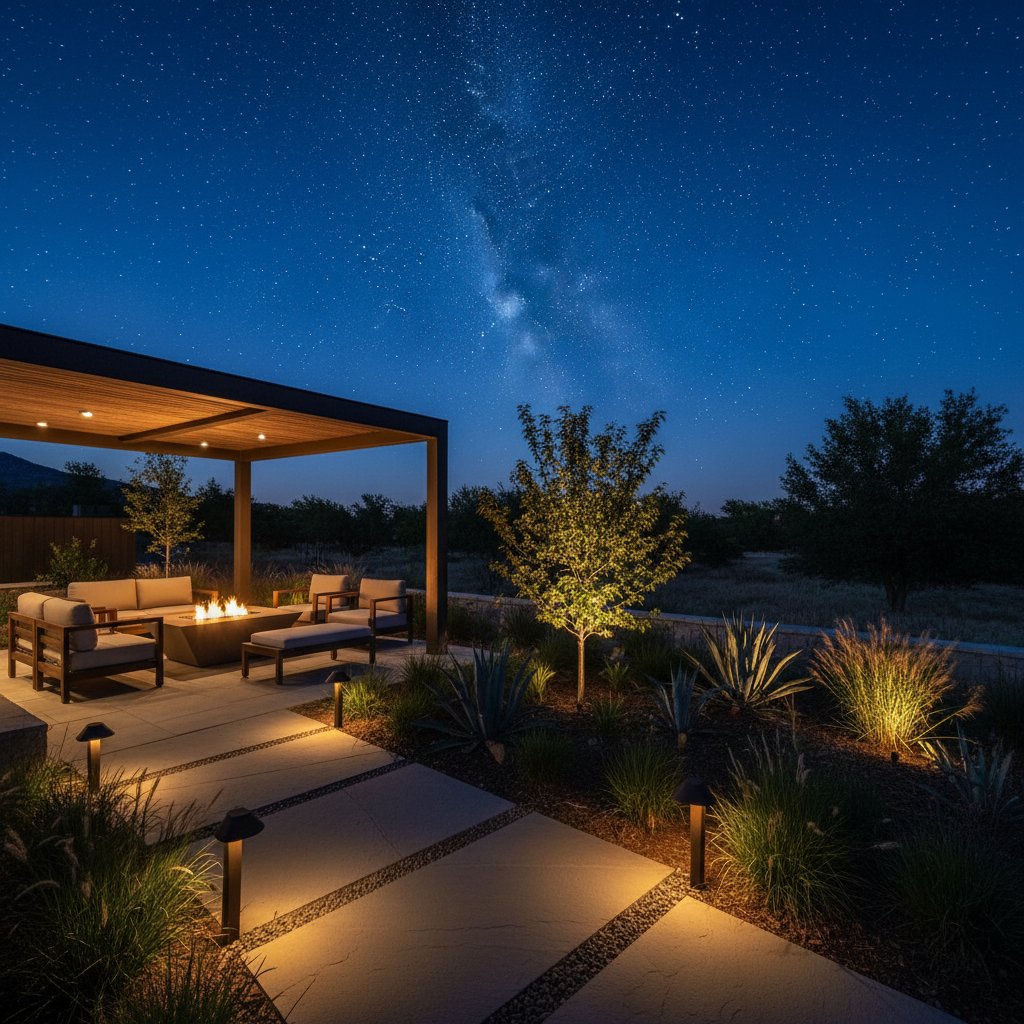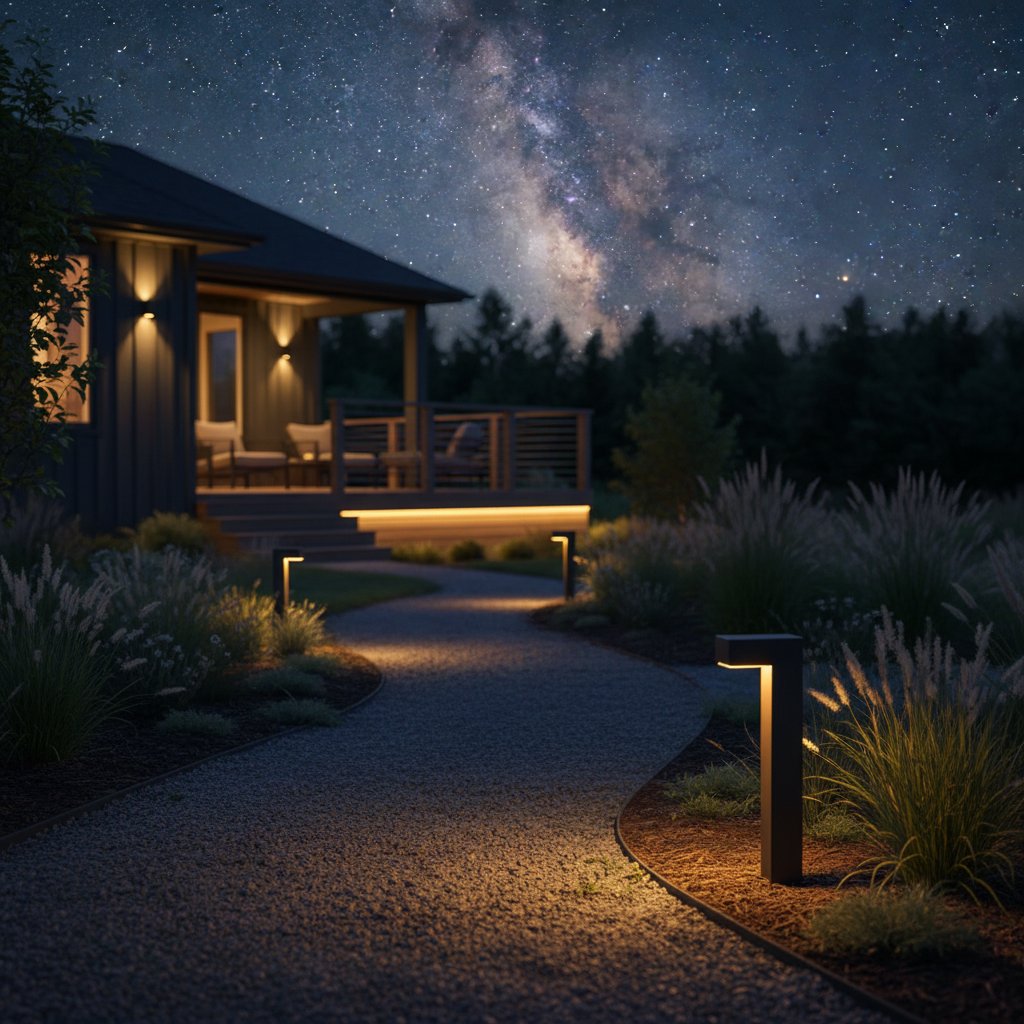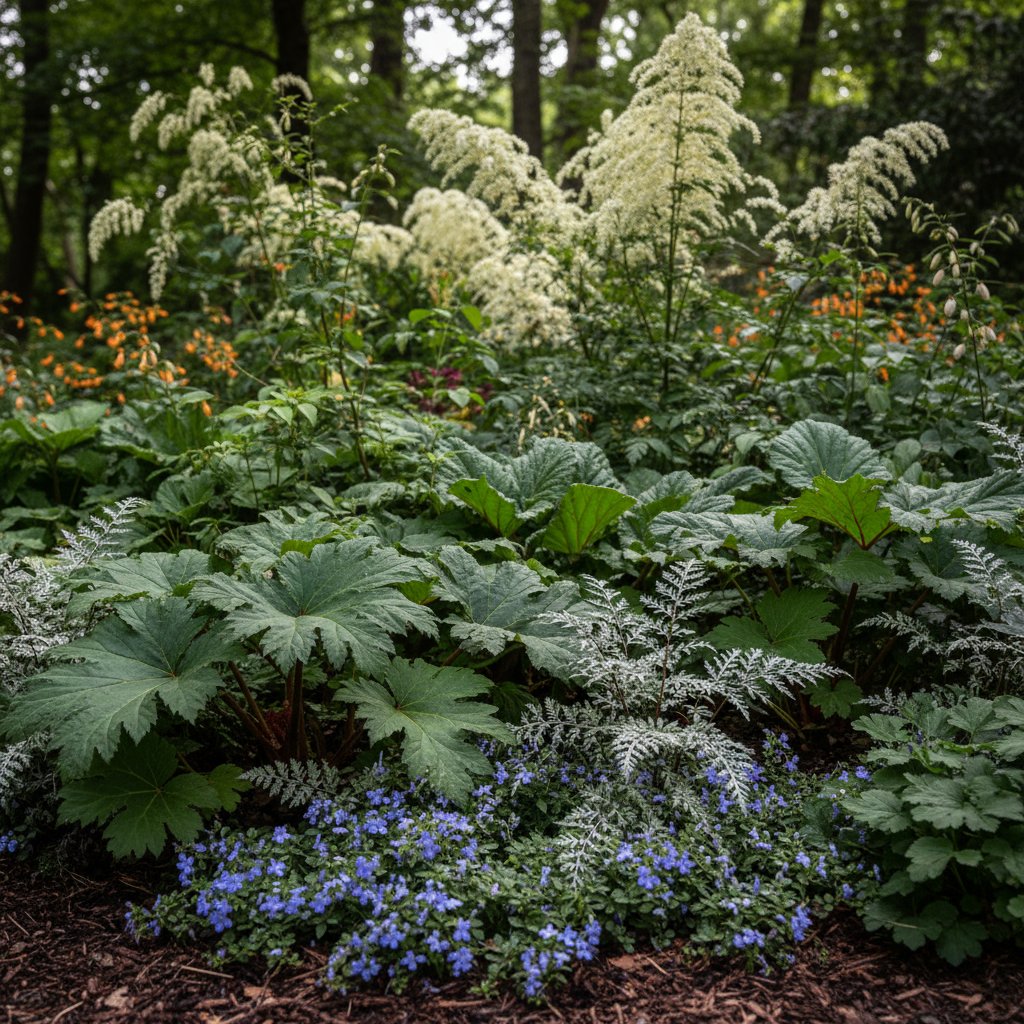Dark Sky Principles Revolutionizing Outdoor Lighting
Step outside on a clear evening and observe the stars. Their number often appears diminished due to light pollution from neighboring properties and street fixtures. Homeowners frequently face a dilemma: the need for secure, illuminated outdoor areas conflicts with the desire for tranquil darkness that promotes relaxation. The dark sky movement addresses this tension by promoting guidelines that restore natural night while maintaining practical illumination.
These principles extend beyond mere rules. They serve as frameworks for illuminating residences, landscapes, and communities in manners that safeguard nocturnal ecosystems. Homeowners who grasp these concepts and apply targeted modifications contribute to sky preservation and cultivate lighting schemes that prove efficient, harmonious, and aesthetically pleasing.
Evaluating Your Current Outdoor Lighting
Commence improvements with an evening inspection of your yard. Observe light distribution patterns. Identify instances where porch fixtures cast stark shadows, pathway illuminators direct beams skyward, or glare reflects from walls and pavements. Such assessments reveal areas of over-illumination or improper aiming.
Examine effects from indoors as well. Lights penetrating windows or bouncing off surfaces indicate excessive intensity. Experiment by deactivating fixtures individually to determine which enhance visibility and which merely contribute superfluous brightness.
This evaluation fosters mindfulness rather than criticism. It equips you to devise modifications that yield meaningful enhancements.
Implementing Changes: Practical Adjustments for Lasting Results
With insights gathered, initiate incremental updates. Comprehensive overhauls prove unnecessary; targeted alterations suffice to alter your outdoor ambiance profoundly.
Upgrade Bulbs and Fixtures Strategically
Substitute intense floodlights with shielded alternatives that contain light spill. Redirect current installations downward to focus beams on intended surfaces. Opt for bulbs emitting warm hues, such as 2700K to 3000K, over stark cool tones. These modifications demand minimal investment yet deliver prompt, perceptible improvements in light quality.
Incorporate Motion Sensors and Timers
Habit often leads to lights remaining active throughout the night. Install motion-activated devices to engage illumination solely upon detection of movement. Employ timers or programmable outlets to deactivate fixtures after midnight or during peak stargazing hours. Such features conserve electricity and maintain nocturnal serenity.
Refine Decorative Elements
Ornamental string lights, lanterns, and spotlights enhance appeal when managed properly. Position them at ground level or beneath overhangs to confine glow. Select amber or soft white bulbs to diffuse light gently, creating inviting atmospheres without upward leakage that obscures the sky.
Optimize Existing Installations
Repositioning current fixtures frequently resolves issues without purchases. Angle pathway lights to illuminate surfaces directly below. Direct wall sconces toward the ground to avoid broad dispersion. These minor adjustments concentrate light effectively, amplifying their utility.
Community-Wide Benefits of Dark Sky Adoption
Individual adherence to dark sky principles influences surroundings. A yard featuring subdued radiance rather than piercing beams prompts neighbors to reassess their setups. Gradually, neighborhoods reclaim softer evenings where celestial views reemerge and spaces evoke tranquility.
Adopting these guidelines yields broader advantages:
- Energy Savings: Diminished intensity and automated shutoffs reduce consumption significantly.
- Superior Security: Directed illumination eliminates blinding glare and confusing shadows, sharpening sightlines.
- Aesthetic Elevation: Warm, contained lighting fosters unified, hospitable environments across properties.
Your efforts integrate into a collective effort that revives natural darkness incrementally.
Sustaining the Transformation: Nurturing Nighttime Harmony
Reinstating the night sky commences in your own domain. Each shielded bulb, installed timer, or deactivated excess light advances ecological equilibrium. The results manifest not only in visible constellations but in the evolving sensation of your yard during dusk.
Envision evenings where pathways receive measured glow, foliage resides in gentle shadow, and the overhead expanse pulses with stars. Initial changes appear understated, yet they cultivate profound contentment. This approach underscores that stewardship encompasses atmosphere and cosmos alongside earthbound elements.
Persist in monitoring adjustments. Track garden vitality, ambiance shifts, and evening composure. Neighbors may remark on your yard's serene quality, propagating these practices organically.
Dark sky principles emphasize renewal over limitation. They position lighting within your home's innate cycles, promoting equilibrium instead of dominance. Through application, you align with advocates who value nocturnal reverence as integral to beauty.



